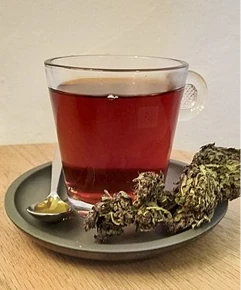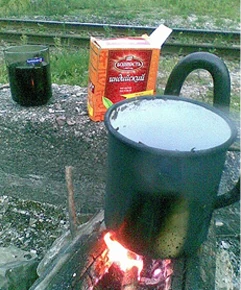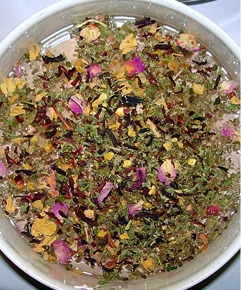
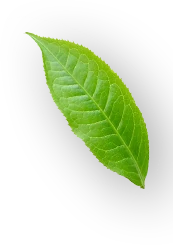
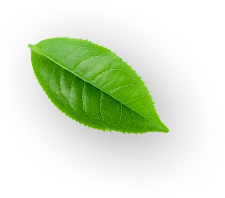
Black tea is what we easily find at grocery shops. Tea was originally a product of China. It was China who introduced tea to the world. Later, tea lovers mixed it and blended it to make different variants. Tea became so popular in East Asia that traders from China to Tibet and other countries started using dried and fermented tea leaves shaped into tea bricks as currency. It is just like using salt bricks currency in Ethiopia, East Africa.
The Western world was unaware of the magical qualities of tea until 1610 when the Dutch brought tea to the country for the first time. Later, England also welcomed it somewhere in 1658—the popularity of the tea multiplied for its freshness and health benefits. Tea was one of the beverages of England’s American colonies. Some figures published online state that English consumed about two and a half tea and seventeen pounds of sugar annually by 1800. At that time, some believed that sugar was added to black tea to enhance its taste, which ultimately led to an increased demand for black tea over green tea.
In 1823, Camellia sinensis assamica, the plant that introduced tea into our lives, was discovered in Assam, India. The quality of the tea plant was rated as better than that of the Chinese Camellia sinensis plant. In the 18th century, India was a British colony. In 1835, the English or British planted tea gardens in Darjeeling, near Nepal. British began to export black tea manufactured in India to England. In short, China introduced tea, but India helped the world trade tea.
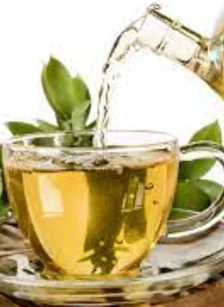
Black tea is produced worldwide, but some countries dominate the market for taste and quality. If you are a tea lover, you may want to know who the producer of your favorite beverage is. Assam, India, is the number one black tea producer in the globe. It is the largest tea-growing region.
The actual tea is often made at home with or without milk. As compared to tea variants, black tea is the most oxidized tea. It is more pungent in taste, so if you are looking for a hot beverage that kicks you to start your day, black tea should be your go-to drink. The black tea is also called red tea in East Asia. In Western culture, black is used to prepare different beverages such as iced tea, sun tea, afternoon tea, and sweet tea.
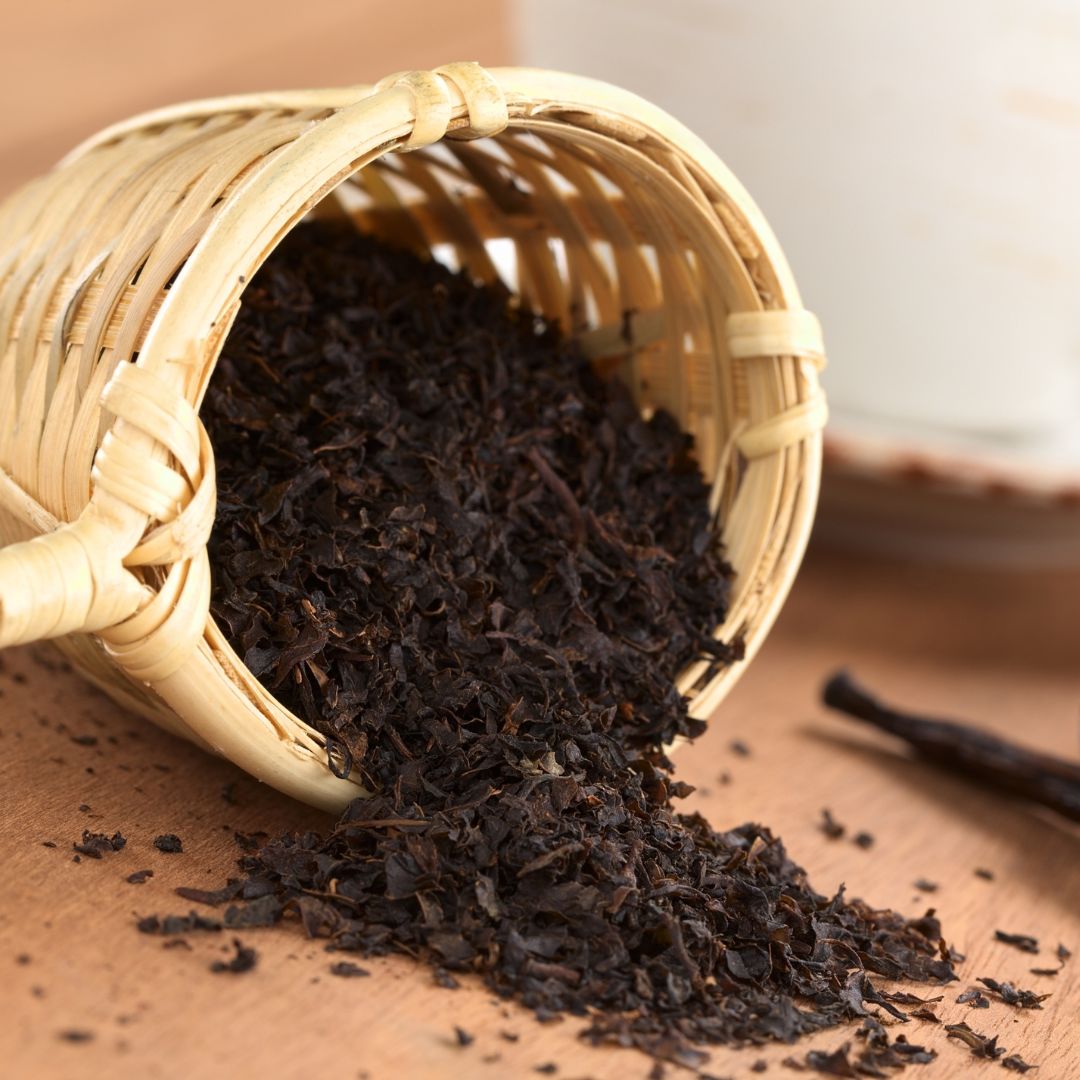
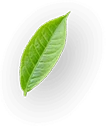
Black tea is usually graded on one of four scales of quality. Whole-leaf teas are the highest quality, with the best whole-leaf teas graded as "orange pekoe". After the whole-leaf teas, the scale degrades to broken leaves, fannings, then dusts. Whole-leaf teas are produced with little or no alteration to the tea leaf.
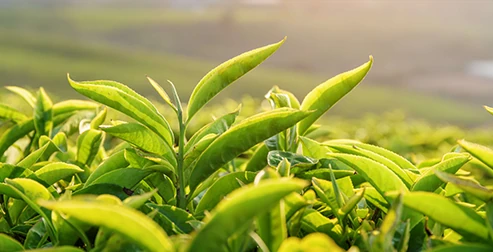
This results in a finished product with a coarser texture than that of bagged teas. Whole-leaf teas are widely considered the most valuable, especially if they contain leaf tips. Broken leaves are commonly sold as medium-grade loose teas. Smaller broken varieties may be included in tea bags. Fannings are usually small particles of tea left over from the production of larger tea varieties, but are occasionally manufactured specifically for use in bagged teas.
...Dusts are the finest particles of tea left over from production of the above varieties, and are often used for tea bags with very fast and harsh brews. Fannings and dusts are useful in bagged teas because the greater surface area of the many particles allows for a fast, complete diffusion of the tea into the water. Fannings and dusts usually have a darker colour, lack of sweetness, and stronger flavour when brewed.

As we know, all teas are made from the Camellia sinensis plant. Different processing methods give us different colored and tasted teas. The Camellia sinensis plant has many variants. The black tea, in particular, is processed from the leaves of Camellia sinensis assamica – a large-leafed plant found in Assam, India. The Camellia sinensis assamica plant is grown in warm and moist temperatures. It is usually found in the sub-tropical forests.
The Camellia sinensis plant is a comparatively smaller-leafed plant. The leaves of the plants are used to prepare green and white teas.

So, if you are a black tea lover – know that you are getting your favorite beverage from India. Isn’t that cool?
We know that black tea is made from the large-leafed Camellia sinensis assamica, but how is it made? What process makes it different from other varieties of plants?
It is Oxidization. The black tea is prepared by extreme oxidization. Now, you may want to know how oxidization is done. Is it natural, or does it include chemicals? Here is your answer.
To initiate the oxidization process, tea makers use the popular process – Maceration. In the Maceration process, the tea leaves are bruised or torn and curled. For the Maceration process, tea producers use CTC or rotor vane machines that allow mass production.
